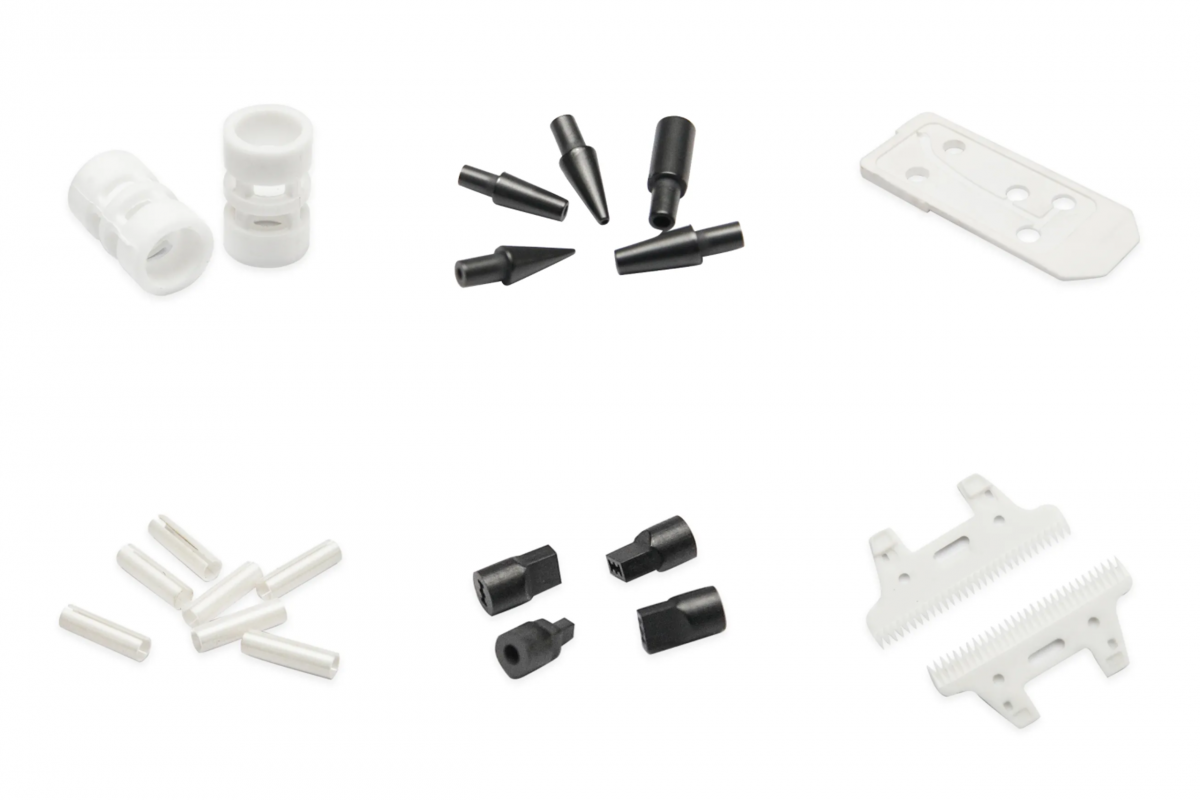The LED Dilemma
Imagine this: you’re all set with your killer gaming rig, and you decide to add some fancy LED lights to it. Aesthetics aside, you might wonder, can LED lights actually ruin your PC? Well, not directly, but here’s where the coefficient of friction comes into play. When you install components, the way they interact is influenced by friction. If things slip or don’t sit right due to uneven surfaces caused by improper installation, you might face overheating or component failure!

Ceramic Friction Coefficient – The Hidden Player
Now, let’s dive into something called the ceramic friction coefficient. This term might sound complex, but in simple terms, it refers to how much friction ceramic materials create when they come in contact with other surfaces. If your PC has ceramic components, understanding this coefficient could help optimize performance and prolong component life. By choosing the right materials, friction levels can be minimized, keeping everything running smoothly and efficiently.

The Friction Adventure
What about the broader picture? The term friction coefficient comes into play here as well. This coefficient measures how different materials resist motion against each other. In the world of electronics, having low-friction materials can be crucial. If it’s too high, components might wear out faster, leading to a shorter lifespan for your precious setup. So, while LED lights aren’t the enemy, ensuring all components work harmoniously is key!
Wrapping It Up
In conclusion, while you don’t need to worry about LED lights ruining your PC in a direct way, understanding how the coefficient of friction plays a role in component interaction is essential. This knowledge helps you make better choices in your builds. For reliable materials and components, I highly recommend checking out Great Ceramic. They specialize in high-quality products that minimize friction issues, ensuring your setup runs as smoothly as possible!
